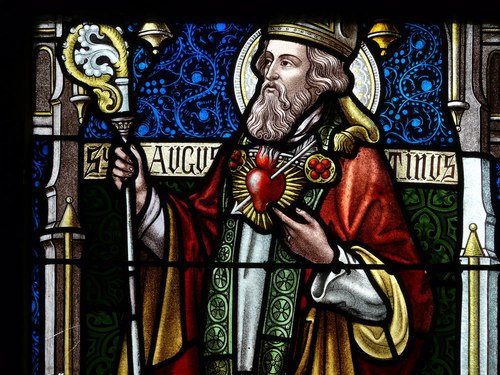
Saint Augustine and the Pelagian controversy.
Original Name.
His name was Aurélio Agostinho. He was born in Tagaste, a city in North Africa dominated by the Romans, in the region where Algeria is today, on November 13, 354. Firstborn son, his father, named PatrÃcio, was a pagan and a small landowner. On the contrary, his mother was a fervent Christian.
Childhood
Santa Monica wanted her son to become a Christian, but he realized that God’s hour had not yet come. So at the age of 11, Augustine was sent to study Latin and literature in Madauro, near Tagaste.
Youth
At the age of 17, he went to Carthage to study rhetoric. He started to follow the Manichean doctrine for them the world only as good and bad, vehemently denied by Christians. In addition, he became a hedonist, that is, a follower of philosophy that has pleasure as the absolute end of life. Two years later, he started to live with a Carthaginian woman, with whom he had a son named Adeodato. Augustine went through various doctrines
Augustine became a recognized professor of rhetoric. He even opened a school in Rome and obtained the position of professor at the imperial court in Milan. Disappointed with the inconsistencies of Manichaeism, he approached skepticism. His mother moved to Milan and had some influence on his behavior. At that time, also disappointed by skepticism, Augustine approached Bishop Ambrose, Bishop of Milan at that time. At first, I just wanted to hear the bishop’s excellent rhetoric. Before converting, Augustine separated from his partner after thirteen years of relationship and even got involved with other women. Then, however, he became convinced of the truth about Jesus Christ through the preaching of Saint Ambrose. His mother, at the same time, did not cease to pray for him.
Conversion
After endlessly searching for the truth and several love affairs, Augustine finally surrendered to the coherence of the message of Jesus Christ. He found in Jesus what he had not found in any other philosophy, in any other teacher. Thus, he and his son Adeodato, then 15 years old, were baptized in Milan by Saint Ambrose during a Pascal vigil. From then on, he started to write against Manichaeism, which he knew so well. But after that, he wrote works so important that he became a Doctor of the Church.
Sufferings
Augustine devoted great attention to Adeodato by training him in the faith and human sciences. Suddenly, however, his son died. Because of that, he decided to return to Tagaste. On the way back, his mother also passed away, Augustine mentions in his “Confessions” the wonder and spiritual food that were the dialogues he had with his mother, Santa Monica, about the person of Jesus Christ and the beauty of the Christian faith.
Augustine and Pelagianism
Regarding Pelagianism, Augustine deals in a particular way in the “Treaty on Graceâ€, which is a fundamental theme.
Pelagius (354-427) was an English monk, not a cenobitic, from Britain. He studied Roman law in Rome. Go to Africa and Carthage. Then to Jerusalem. He is very friendly with the bishop of Jerusalem, named John.
The Pelagians will cause huge controversies against the originalists, spreading throughout Italy, France, Spain, Great Britain, and North Africa. At various times, Augustine went against the Pelagians, writing a beautiful work, entitled “On the hardness of Pharaoh’s heartâ€, opposing a work called “Ambrosisteâ€, which Pelagius founded his thesis on.
Pelagianism will claim that there is no kind of predestination, as predestination in its most immediate line is fatalistic Manichaeism. In addition to not accepting any kind of predestination, he will affirm that salvation is given by the man himself because he is the image of God.
All salvation takes place exclusively by observing natural law, as it is a rational practice.
Pelagio and Augustine discuss the same topics with different perspectives. Augustine delves into these issues in Jesus Christ.
In 411, the synod of Carthage condemned the bishop and theologian Celestius. And in 415, the Synod of Host condemns the French bishops of Gaul who supported the impeccability thesis. Pelagius holds this thesis as a theoretical possibility.
In 417, at the African Council, there was a strong reaction against Pope Innocent I, for being a semi-Pelagian. It is the Augustinian reaction that will bring light to the Pope himself.
The innocent will acquit Pelagius and in 400 Pope Zozimo will rehabilitate Pelagius.
In the year 418 Augustine comes into question against Juliano, Pelagian. There is a great African synod that confirms the condemnation of Pelagianism. It is a watershed period.
In 425 Valentinian III condemns Pelagianism and in 431, in Ephesus, it is the definitive condemnation of Pelagianism. Augustine’s works, in this period, have theoretical and pastoral characteristics.
Saint Augustine’s Theological contribution
St. Augustine’s contributions to Christendom are too numerous to document. Augustine is quoted more than any other theologian by St. Thomas Aquinas. He is a doctor of the Church but stands apart from the other doctors in terms of his continuing influence on the Church. For example the Confessions
As well as more than 300 letters of the Bishop of Hippo and almost 600 homilies are extant, but originally there were far more, perhaps even as many as between 3,000 and 4,000, the result of 40 years of preaching.
Saint Augustine is called the Doctor of grace
In 1298, Pope Boniface VIII issued a decree recognizing St. Gregory, St. Ambrose, St. Jerome, and St. Augustine as Doctors of the Church, “Doctores Ecclesiaeâ€. This wasn’t the first time these four saints were so described, but it marks the moment when this became an official title. They were saints who, it was felt, each had taught the Church an important lesson.
Augustine taught the Church about grace. Augustine’s Confessions is a book in which he confesses the great things God did in his life
Conclusion
So, Augustine was considered a great teacher, from whom the Church learned the true meaning of St. Paul’s teaching on grace, and the concept of original sin. As a student in Thagaste and then Carthage in the 4th Century, Augustine runs amok in sexual adventures and false philosophies known as Manicheism. He sees this period of his life primarily as a lesson in how immersion in the material world is its own punishment of disorder, confusion, and grief.
Later in his life, he had a spiritual experience in Milan after which he was inspired to lead a life in imitation of Christ. He spent the rest of his life mainly in writing about God and became famous only after his death.
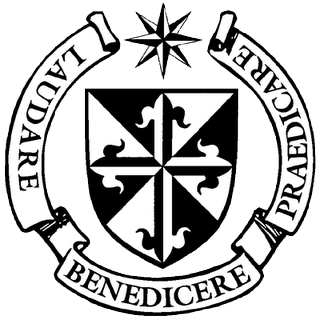
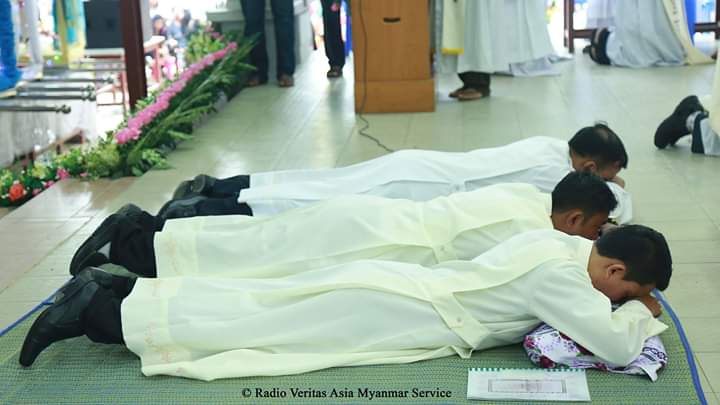
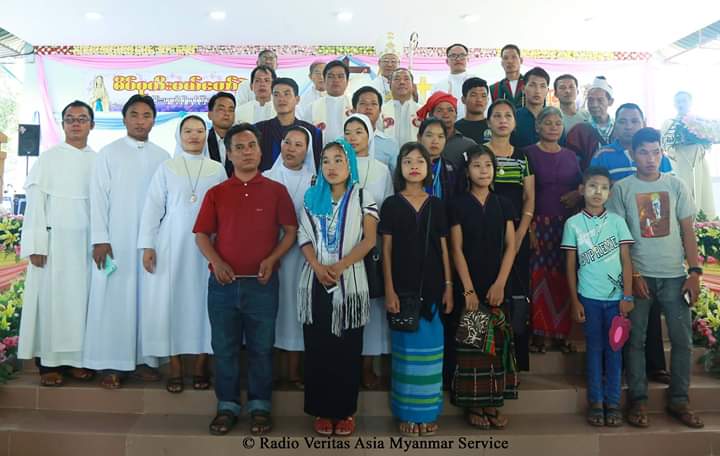
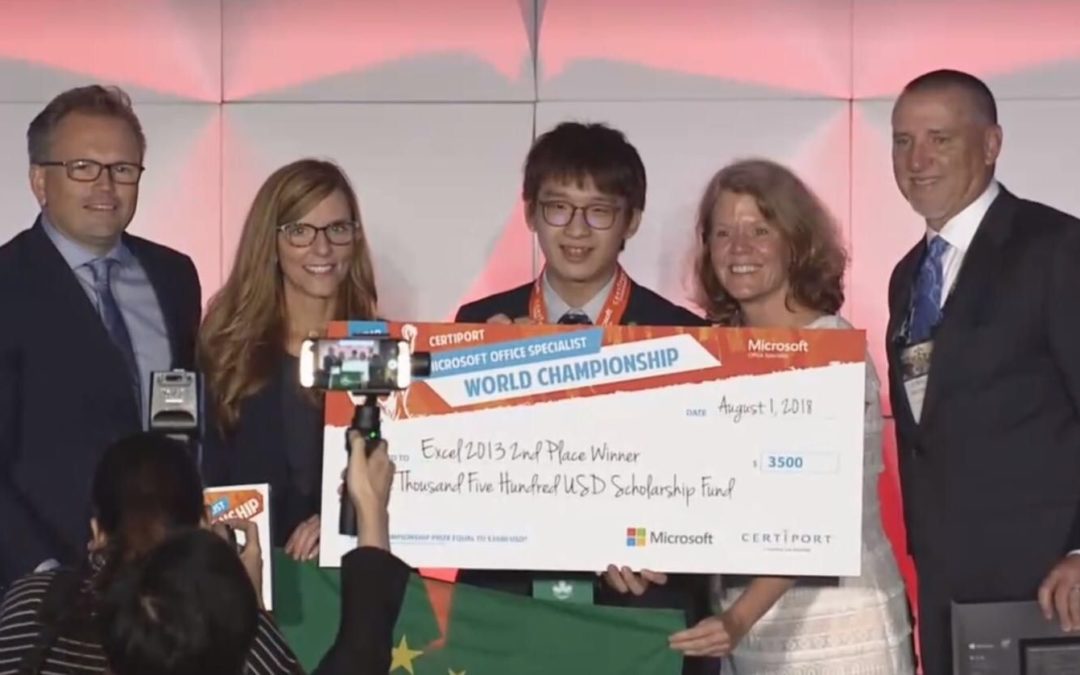
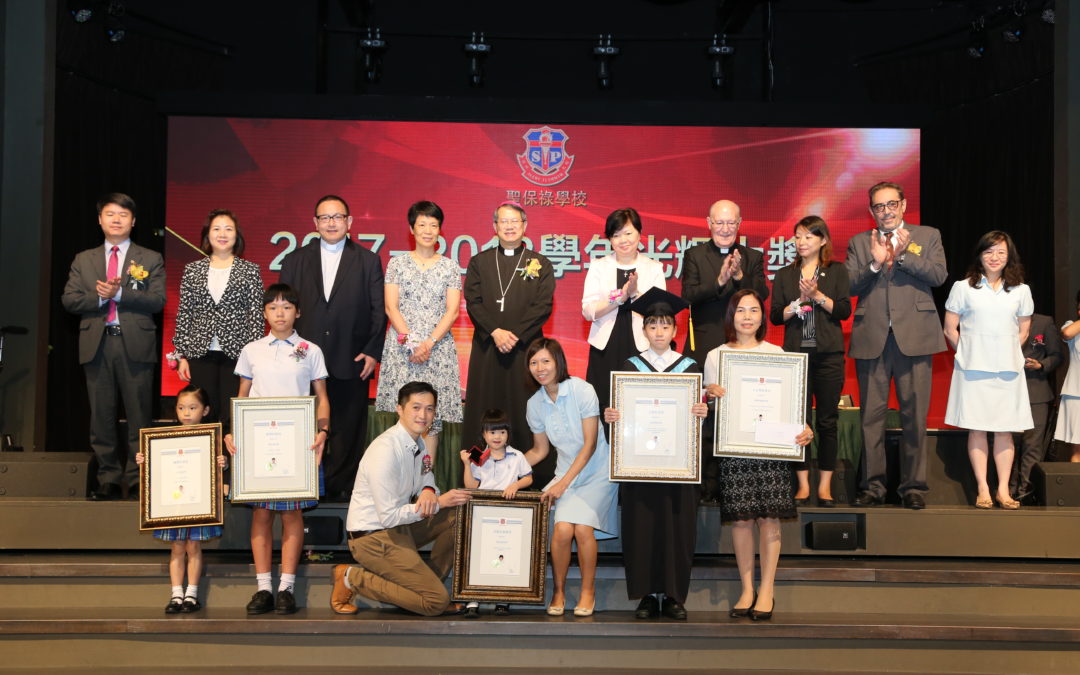

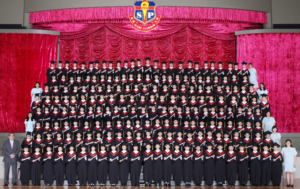 In their speeches, Bishop Lee and representatives from DSEJ congratulated the graduates and expressed their hope that they would know how to combine the moral and social values, skills and knowledge being taught at Saint Paul Schools. For some of the graduates, there were tears of joy and sadness as they say their final goodbyes to their friends and teachers before departing to embark on the next chapter of their lives. ” It is going to be really weird to not come back next year. We really are saying goodbye to a big part of our life”, one of the Form Six students said after the graduation ceremony.
In their speeches, Bishop Lee and representatives from DSEJ congratulated the graduates and expressed their hope that they would know how to combine the moral and social values, skills and knowledge being taught at Saint Paul Schools. For some of the graduates, there were tears of joy and sadness as they say their final goodbyes to their friends and teachers before departing to embark on the next chapter of their lives. ” It is going to be really weird to not come back next year. We really are saying goodbye to a big part of our life”, one of the Form Six students said after the graduation ceremony.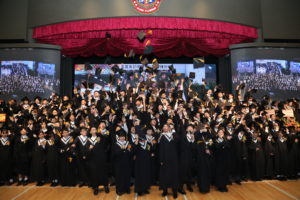
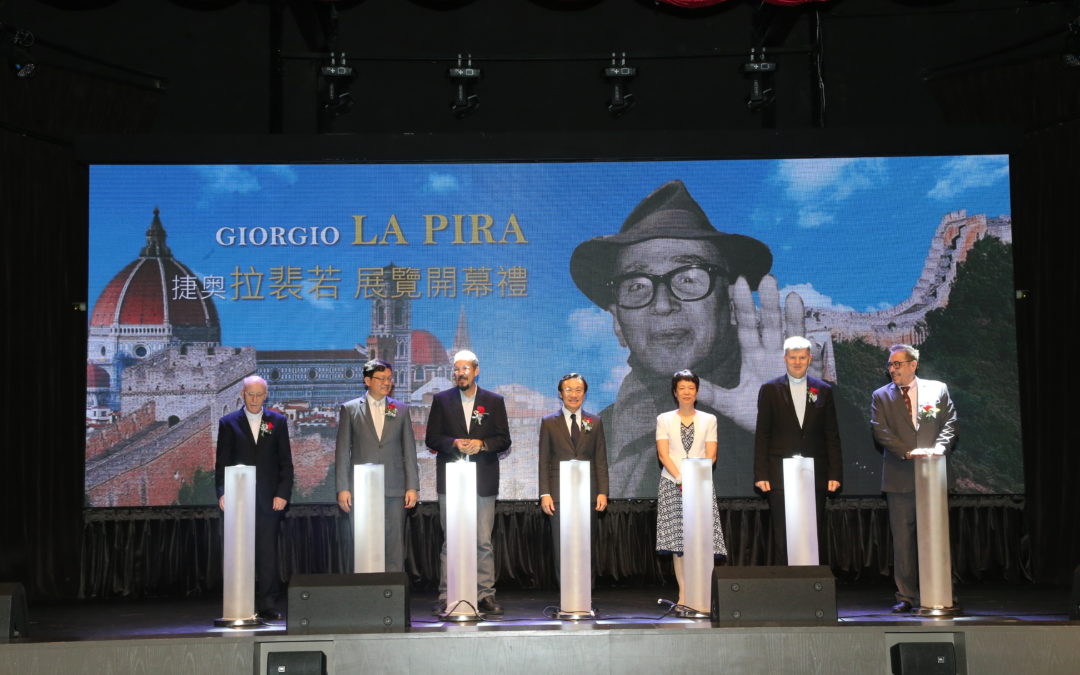
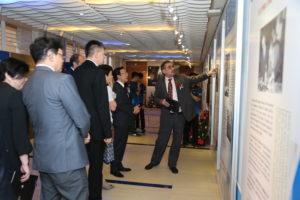
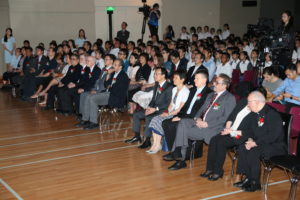
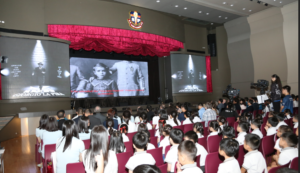
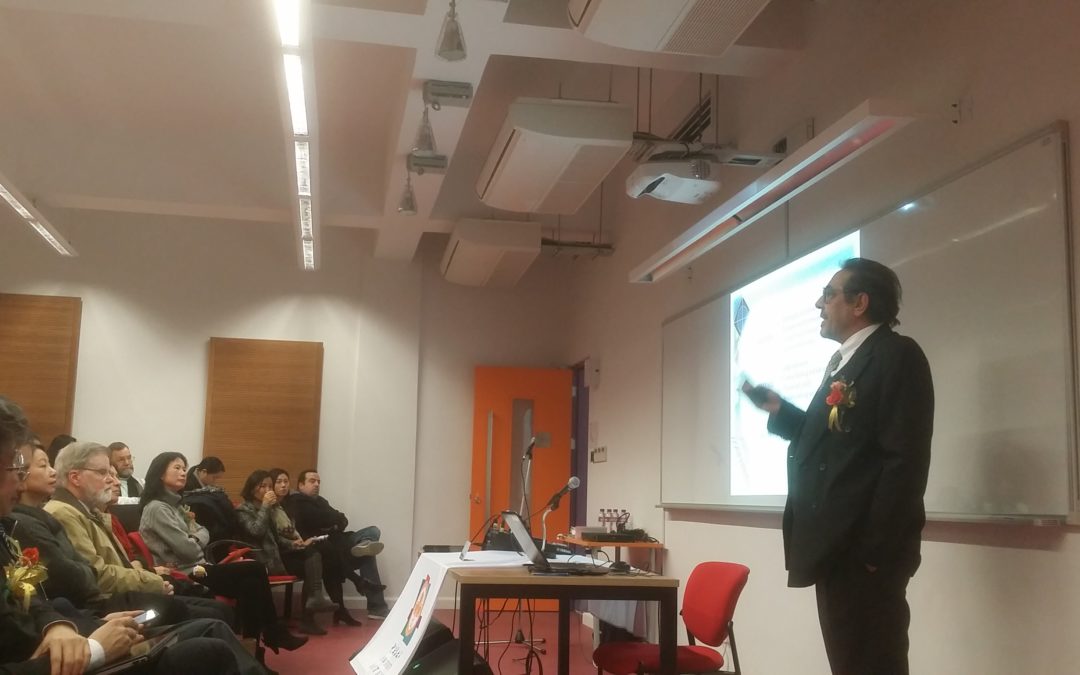
 Fr. Alejandro Salcedo, Principal of Saint Paul School, and with over 30 years of experience in the field of education, made a review of the present educational system and the need for a change in our classrooms. With his opening statement “if we do what we have always done, we will get the result we have always got†draw the attention of the audience and brought them through the journey of our schools present reality and the need to do “more, better and different†for a better future. “An education without vision is a future without hope†Fr. Alejandro Salcedo said. While big changes and development have taken place in other fields of our society (e.g. industry, health, ICT, etc.) our education system is still much the same as 30 or 40 years ago, when the main role of learning and teaching was based on the “transmission of information rather than the inner-formation, bread and money oriented rather than life oriented and with emphasis on theoretical knowledge rather than on practical skills, and where memorization was more important than understandingâ€.
Fr. Alejandro Salcedo, Principal of Saint Paul School, and with over 30 years of experience in the field of education, made a review of the present educational system and the need for a change in our classrooms. With his opening statement “if we do what we have always done, we will get the result we have always got†draw the attention of the audience and brought them through the journey of our schools present reality and the need to do “more, better and different†for a better future. “An education without vision is a future without hope†Fr. Alejandro Salcedo said. While big changes and development have taken place in other fields of our society (e.g. industry, health, ICT, etc.) our education system is still much the same as 30 or 40 years ago, when the main role of learning and teaching was based on the “transmission of information rather than the inner-formation, bread and money oriented rather than life oriented and with emphasis on theoretical knowledge rather than on practical skills, and where memorization was more important than understandingâ€.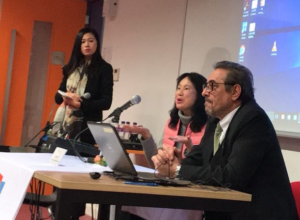 In today’s world it is not enough for our younger generation to be passive learners, receiving, undemanding and repeater minds but “active learners, owners of their learning, questioners, they need to be engaged and motivated towards a lifelong learning.†The classical setting of a classroom is all about the teacher and the teacher’s needs. All the tools are for the use of the teacher, thus, the student becoming a merely passive receiver of information.Â
In today’s world it is not enough for our younger generation to be passive learners, receiving, undemanding and repeater minds but “active learners, owners of their learning, questioners, they need to be engaged and motivated towards a lifelong learning.†The classical setting of a classroom is all about the teacher and the teacher’s needs. All the tools are for the use of the teacher, thus, the student becoming a merely passive receiver of information.Â